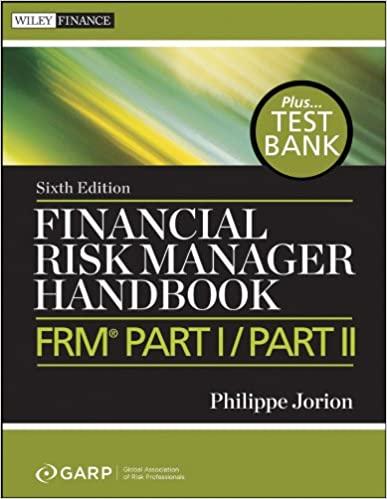
John's son will start college in 10 years. John estimated a today's value of funds to finance college education of his son as $205,000. Assume that after-tax rate of return that John is able to earn from his investment is 7.10 percent compounded annually. He does not have this required amount now. Instead, he is going to invest equal amounts each year at the beginning of the year until his son starts college. Compute the annual beginning of-the-year payment that is necessary to fund the estimation of college costs. (Please use annual compounding, not simplifying average calculations). Round the answer to two decimal places. Find the modified internal rate of return (MIRR) for your client for the following series of future cash flows if your client is able to reinvest cash flows received from the investment at an annual rate of 10.54 percent. The initial investment at the beginning of the first year is $341,900. Year 1: $190,400 Year 2: $189,700 Year 3: $180,500 Year 4: $183,000 Year 5: $127,800 Round the answer to two decimal places in percentage form. (Write the percentage sign in the "units" box) Sarah is going to buy a house in 6 years. Today the house of her dream costs $311,000. The price of the house growing at an annual rate of 4.18 percent compounded annually. How much will the house of her dream cost in 6 years? Round the answer to two decimal places. Assume an individual makes a lump sum investment at the beginning of year one of $4,919. The expected return on this investment is $8,708 (after tax) to be received as a single amount at the end of year 3 . The investor's discount rate, for an alternative safe investment, is 7.85 percent after tax. What is the net present value of the investment under consideration? Round the answer to two decimal places. You have accumulated $1,872,724 for your retirement. How much money can you withdraw for the next 25 years in equal annual end-of-the-year cash flows if you invest the money at a rate of 10.82 percent per year, compounded annually? Round the answer to two decimal places







